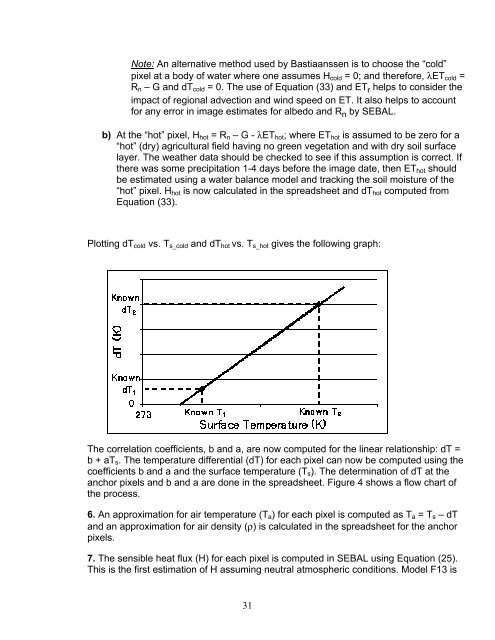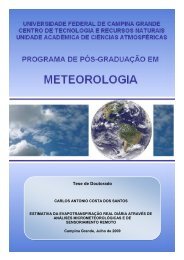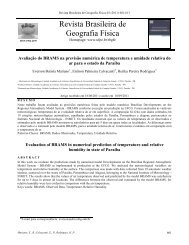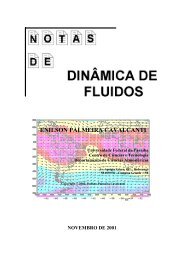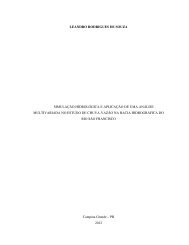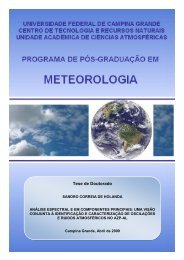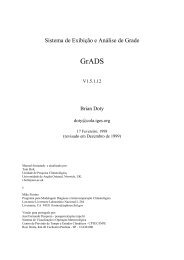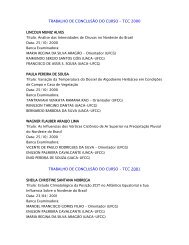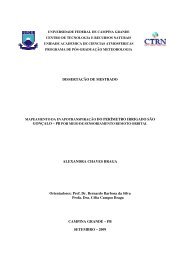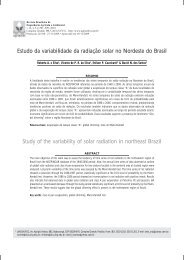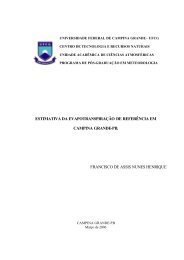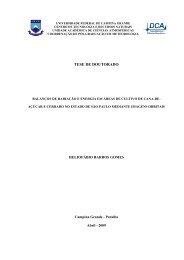You also want an ePaper? Increase the reach of your titles
YUMPU automatically turns print PDFs into web optimized ePapers that Google loves.
Note: An alternative method used by Bastiaanssen is to choose the “cold”pixel at a body of water where one assumes H cold = 0; and therefore, λET cold =R n – G and dT cold = 0. The use of Equation (33) and ET r helps to consider theimpact of regional advection and wind speed on ET. It also helps to accountfor any error in image estimates for albedo and R n by <strong>SEBAL</strong>.b) At the “hot” pixel, H hot = R n – G - λET hot ; where ET hot is assumed to be zero for a“hot” (dry) agricultural field having no green vegetation and with dry soil surfacelayer. The weather data should be checked to see if this assumption is correct. Ifthere was some precipitation 1-4 days before the image date, then ET hot shouldbe estimated using a water balance model and tracking the soil moisture of the“hot” pixel. H hot is now calculated in the spreadsheet and dT hot computed fromEquation (33).Plotting dT cold vs. T s_cold and dT hot vs. T s_hot gives the following graph:The correlation coefficients, b and a, are now computed for the linear relationship: dT =b + aT s . The temperature differential (dT) for each pixel can now be computed using thecoefficients b and a and the surface temperature (T s ). The determination of dT at theanchor pixels and b and a are done in the spreadsheet. Figure 4 shows a flow chart ofthe process.6. An approximation for air temperature (T a ) for each pixel is computed as T a = T s – dTand an approximation for air density (ρ) is calculated in the spreadsheet for the anchorpixels.7. The sensible heat flux (H) for each pixel is computed in <strong>SEBAL</strong> using Equation (25).This is the first estimation of H assuming neutral atmospheric conditions. Model F13 is31


